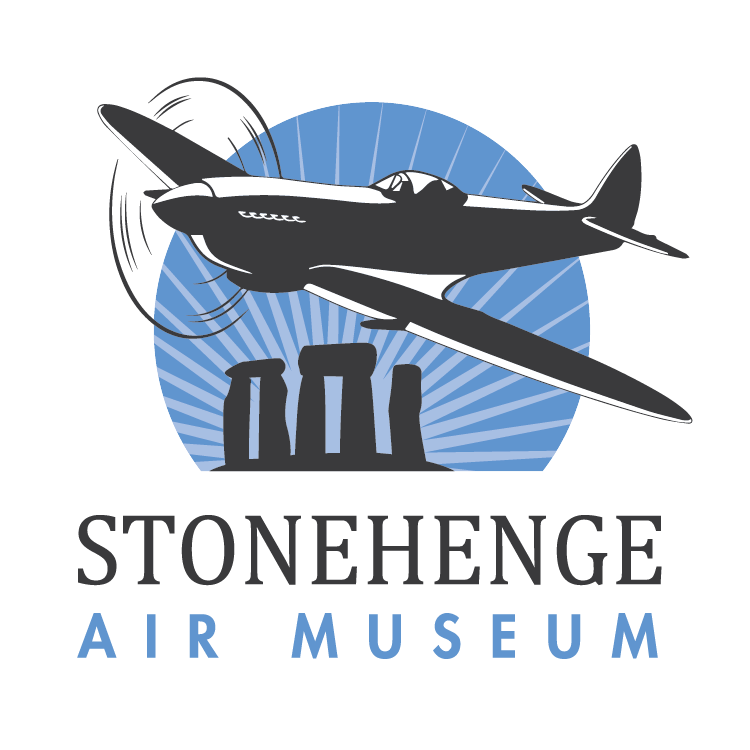1944 North American P-51D “Mustang”
In 1940 the British approached North American Aviation to license-build Curtiss P-40 fighters for the Royal Air Force. Reluctant to build a competitor’s aircraft, North American offered to build a new aircraft using the same American-built Allison engine as the P-40. The British agreed, but only with the unreasonable stipulation that the first aircraft had to be flying in no more than 120 days. A remarkably short 117 days later, on October 1940, the first prototype flew as NA-73X. Production of the aircraft — named Mustang I by the British — began the following year.
Although a great low altitude airplane, the Allison-powered Mustang could not compete at high altitude with the Spitfires powered by the British Rolls Royce Merlin engine. Because it was equipped with a more sophisticated supercharger, the Merlin could maintain its rated power to a much higher altitude than the Allison. In the fall of 1942, Mustangs in the United States and Great Britain were experimentally fitted with British Merlin engines and a legend was born. Almost 100 mph faster at altitude than its Allison-powered counterparts, the Merlin-powered Mustang with its laminar flow wing was to become one of best and most well-known fighters of World War II. Possessing excellent range and maneuverability, the P-51 operated primarily as a long-range escort fighter, but also as a ground attack fighter-bomber. The Mustang served in nearly every combat zone during WWII, and later fought in the Korean War.
The aircraft on display was accepted by the USAAF in April, 1945 and served 3rd Air Force Combat Crew Training Stations at Perry AAF, FL, and Bartow AAF, FL, until Nov. 1945 before going into long-term storage at Hobbs AAF, NM, and Kelly AFB, TX. In December, 1950 this Mustang was again called to duty when it was Taken on Service by the Royal Canadian Air Force where she served as part of the 416 Fighter Squadron of the Air Defense Group based in Uplands, Ontario. In 1959 she was Stricken off Service by the RCAF and repatriated to the United States and into private ownership.
By 1968 this aircraft had been acquired by the late Leroy Penhall who successfully campaigned her across the country as a racer for the next several years. In 1974 the legendary pilot Robert A. “Bob” Hoover (described as “The greatest stick and rudder man who ever lived” by no less than Jimmy Doolittle) borrowed this Mustang as a replacement for his damaged “Ole Yeller” Mustang for use in Hoover’s air show performances. After Hoover’s Oshkosh appearance, this aircraft was being ferried by the now-legendary pilot Steve Hinton. Damage caused by a forced landing necessitated by engine failure resulted in a meticulous nine-year-long rebuild completed just prior to her acquisition by Jim Smith in 1987.



